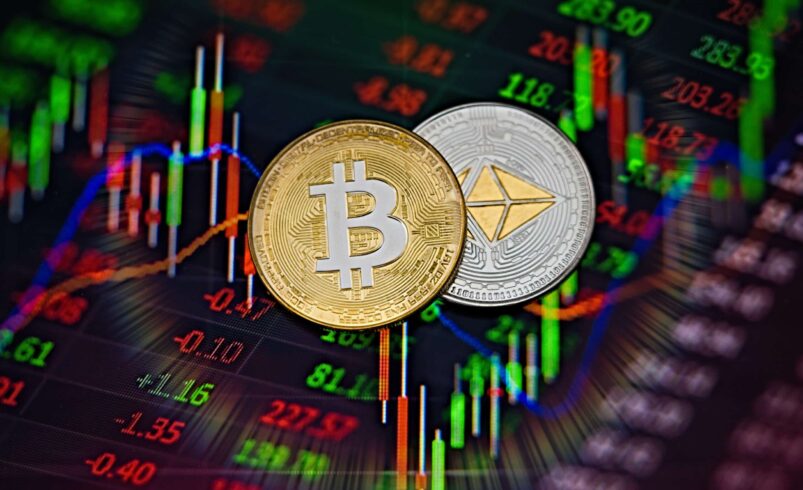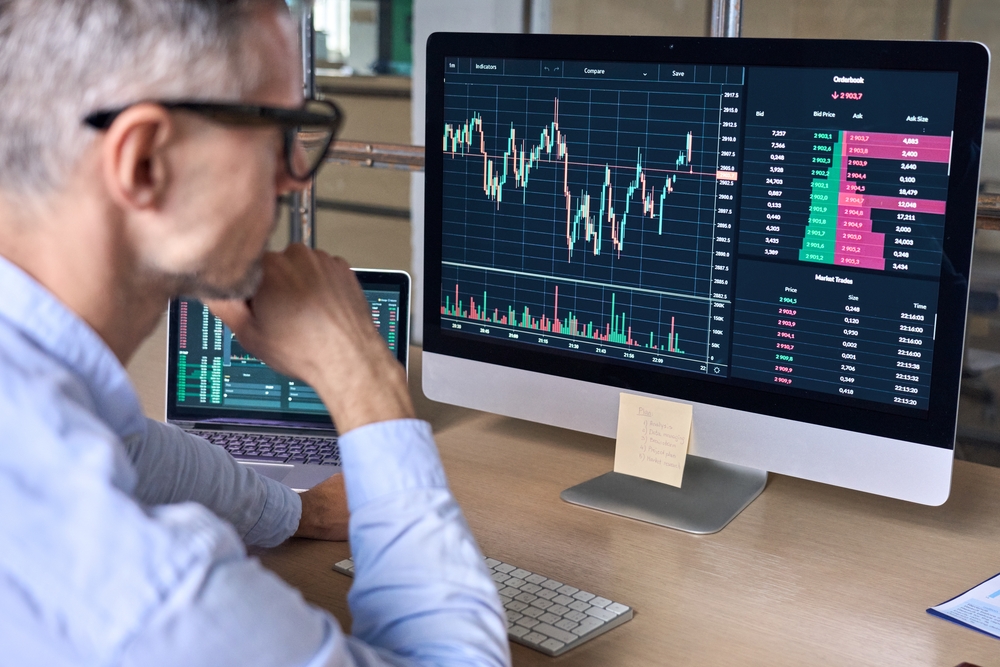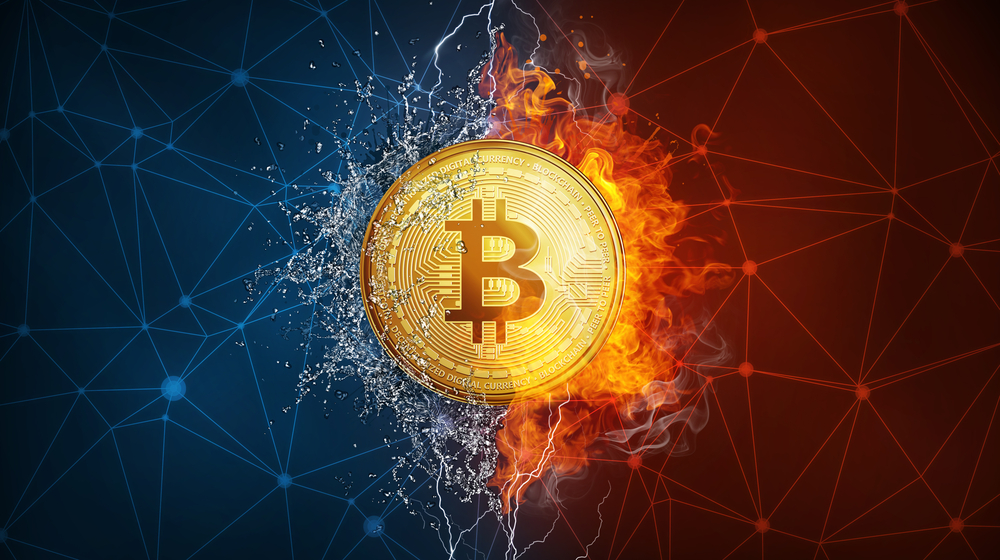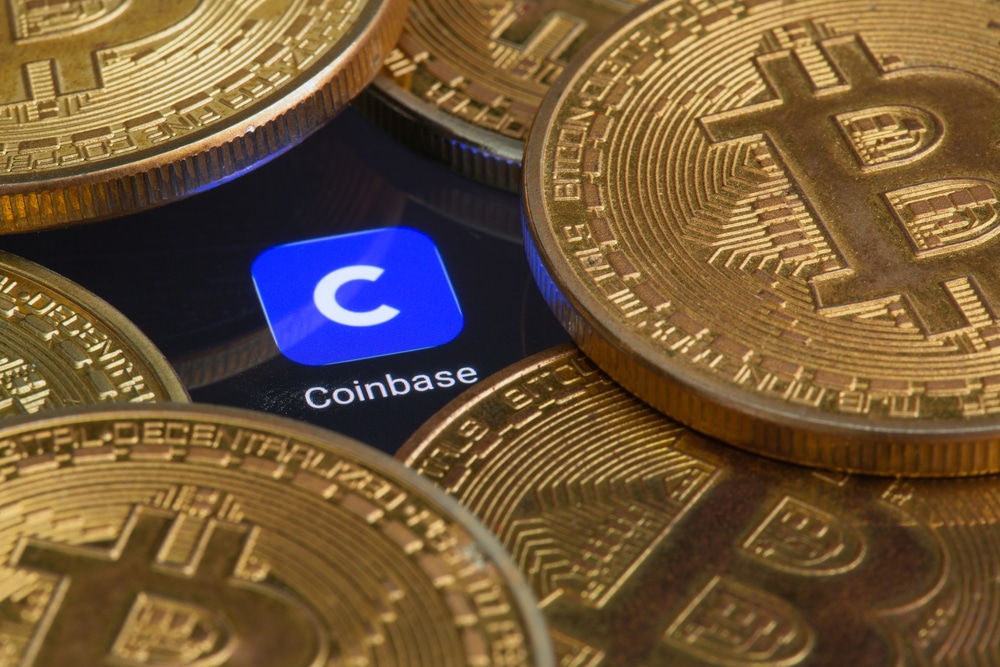How Cryptocurrencies Interact with Inflation and Deflation Dynamics?

Inflation has recently become a prominent subject in financial circles and media due to the unprecedented global surge in its figures. Inflation denotes the escalation of goods and services prices, while deflation signifies a decline in these prices.
The equilibrium between inflation and deflation is fragile, as economies can swiftly oscillate between these states. Consequently, central banks vigilantly monitor price fluctuations and implement monetary strategies to counteract excessive inflation or deflation.
This discussion delves into the intricacies of inflation and deflation, the concept of inflationary and deflationary cryptocurrencies, and the potential of Bitcoin (BTC) as a safeguard against inflation.
Defining Inflation
Inflation is the gradual uptick in the prices of goods and services in an economy, often due to a boost in their demand. When demand outpaces supply, certain items might become scarce.
This scarcity can stem from various events, such as unforeseen natural events impacting agriculture or a sudden boom in infrastructure projects consuming more raw materials. Consumers often pay higher prices when such situations arise, prompting businesses to adjust their pricing structures.
Experts often turn to the Consumer Price Index (CPI) to measure this price growth. This index is a curated collection of goods and services, spanning everyday items, medical services, and transportation. By observing these, regulators can gauge the dollar’s current buying capacity.
Extreme inflation, known as hyperinflation, is particularly concerning. An example is the rampant inflation of the late 1970s. Hyperinflation scenarios arise when monthly price hikes surpass 50% over a specific duration. Such drastic price surges often precede economic downturns.
While hyperinflation instances are historically infrequent, inflation’s impact on an economy can be positive or negative, contingent on its cause and intensity. Interestingly, a total lack of inflation can hinder economic growth, as moderate inflation can stimulate expenditure and investment.
Defining Deflation
Deflation, as previously highlighted, is characterized by a drop in the prices of goods and services. This decline occurs when an economy has an abundance of goods but insufficient monetary flow to acquire them.
For instance, competitors might produce similar models if a car model is popular. Eventually, an oversupply of that model forces manufacturers to reduce its price.
Companies burdened with excessive inventory often resort to cost-cutting measures, which might include layoffs. Such cost-cutting can lead to reduced consumer spending, further driving down prices.
Observing declining prices, financial institutions might curtail credit offerings, leading to a credit squeeze. This can further exacerbate the deflationary cycle, as consumers find securing loans for significant purchases challenging, leaving businesses with unsold stock and perpetuating deflation.
Unchecked deflation can be as detrimental as unbridled inflation, potentially triggering a deflationary spiral.
Cryptocurrencies: Inflationary vs. Deflationary
Inflationary Cryptocurrencies
An inflationary cryptocurrency witnesses an increasing number of tokens in circulation. These tokens are typically added to the network via mining, minting, or staking. As the token supply grows, its value diminishes. Over time, users might need more of a particular cryptocurrency to make the same purchase.
DogeCoin (DOGE) serves as a prime example of an inflationary cryptocurrency. In 2014, one of its founders removed the 100 billion token cap, ensuring an indefinite supply. This could mean that DOGE’s supply might exceed demand, devaluing individual tokens.
Bitcoin (BTC) is another inflationary cryptocurrency but with a cap. With a maximum of 21 million coins, not all BTCs are currently in circulation. New tokens are added through mining. However, once all BTCs are in circulation, they will transition to a deflationary state.
The complete transition of BTC to a deflationary state is anticipated to take a considerable time. This is due to the BTC network’s “halving” mechanism, which reduces the number of minable bitcoins every four years, ensuring the last BTC will only be mined in the next century.
Deflationary Digital Currencies
Contrarily, deflationary digital currencies are designed with a diminishing supply over time. If the demand for such a currency remains constant, each unit’s value will likely increase as the total supply diminishes. Various digital currencies adopt distinct approaches to achieve deflation.
For instance, Binance, a prominent cryptocurrency exchange, periodically eliminates a portion of its Binance Coins (BNB) from circulation. Some initiatives function similarly to traditional central banks, employing deflationary and inflationary strategies to stabilize their value.
Previously, Ethereum’s primary token, ether (ETH), was inflationary. Yet, a modification in August 2021 decreed that a part of ether’s supply would be removed from circulation during high network activity, rendering it deflationary.
Ripple (XRP) adopted an alternative strategy for its token. Initially, 100 billion XRP tokens were introduced. In 2017, Ripple secured 55 billion tokens, releasing them in intervals to ensure liquidity. Moreover, each transaction on the XRP network incurs a fee, which is subsequently removed from circulation, reinforcing the token’s deflationary characteristic.
Bitcoin as a Potential Guard Against Inflation
Some argue that Bitcoin could safeguard against inflation because its total supply is limited to 21 million coins, whereas the quantity of US dollars tends to grow. If the US dollar’s supply expands, the relative value of bitcoin might also increase.
If the market capitalizations of Bitcoin and the US dollar were equivalent, and the dollar’s supply doubled, the value of an individual Bitcoin might also double. This is a theoretical perspective, and real-world market dynamics can be more complex due to various influencing factors.
Bitcoin’s Future Role in Countering Inflation
The future role of Bitcoin as an inflation countermeasure remains a topic of discussion, especially as the mining of the final Bitcoin from the 21 million cap approaches. While the last bitcoin is expected to be mined in the distant future, it’s intriguing to speculate on the aftermath.
Should the demand for Bitcoin remain consistent or even increase after the final coin is mined, it’s conceivable that Bitcoin could transition into a deflationary model, with each unit appreciating due to constant scarcity and potentially consistent or growing demand.
DISCLAIMER: It's essential to understand that the content on this page is not meant to serve as, nor should it be construed as, advice in legal, tax, investment, financial, or any other professional context. You should only invest an amount that you are prepared to lose, and it's advisable to consult with an independent financial expert if you're uncertain. For additional details, please review the terms of service, as well as the help and support sections offered by the provider or promoter. While our website strives for precise and impartial journalism, please be aware that market conditions can shift unexpectedly and some (not all) of the posts on this website are paid or sponsored posts.









